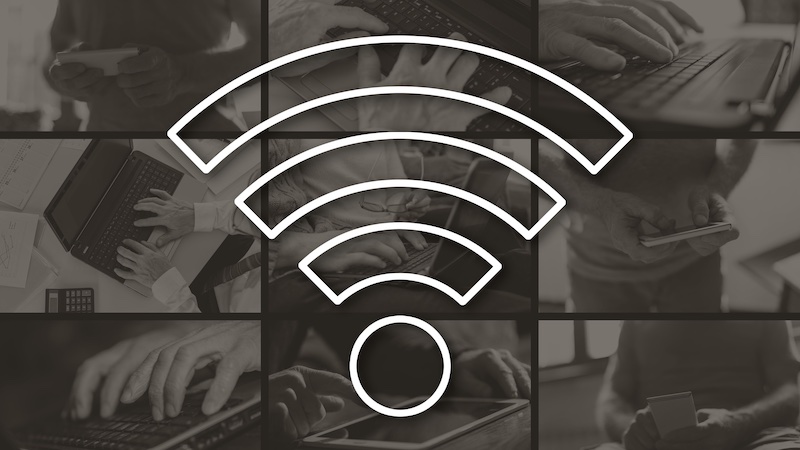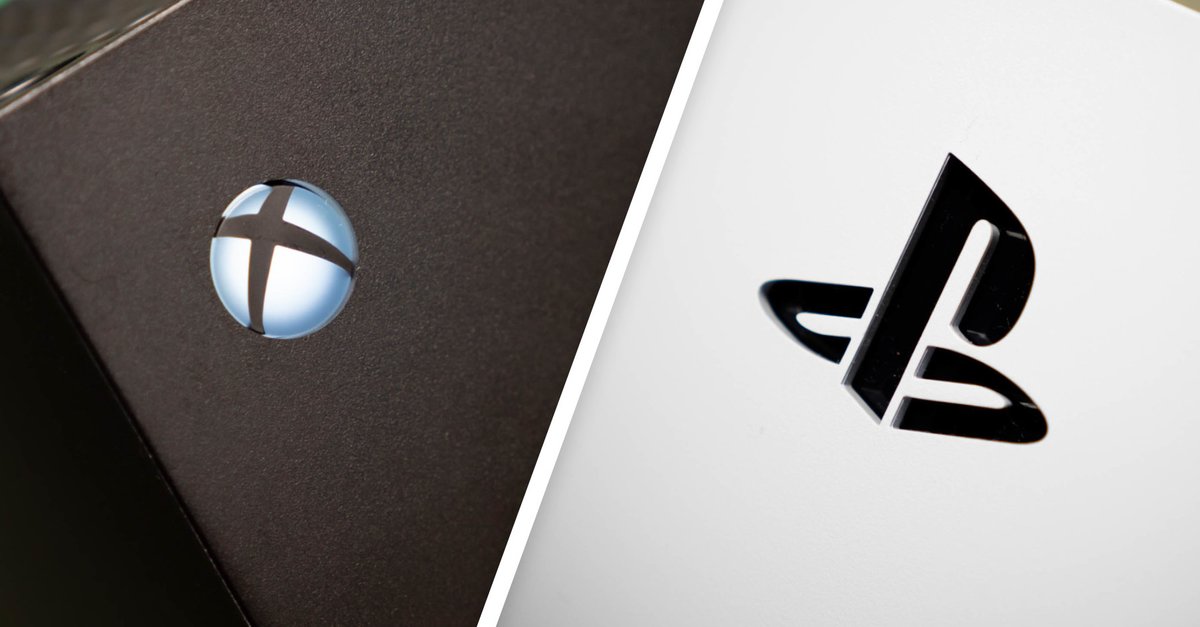10 tricks for a faster connection
Your WiFi signal is not optimal and you don’t know what to do? We’ll show you ten tricks you can use to improve your WiFi reception.
The frustration of poor WiFi probably connects all Internet users. However, you can use various tools to improve your WiFi reception. Before you resort to that, though, there are a few tricks you can try to boost your signal.
Contents
- 1 Improve Wi-Fi reception: These factors interfere with your connection
- 2 You can use these tricks to improve your WiFi reception
- 2.1 1. Improve WLAN reception through the router position
- 2.2 2. Check the WiFi signal strength
- 2.3 3. Change the WiFi channel
- 2.4 4. Check the antenna
- 2.5 5. Reduce interference to improve your WiFi reception
- 2.6 6. Do an update
- 2.7 7. Use two different frequency bands
- 2.8 8. Replace your router
- 2.9 9. Use a WiFi extender
- 2.10 10. Use your outlet
- 2.11 Free LinkedIn Guide!
Improve Wi-Fi reception: These factors interfere with your connection
There are always disruptive factors from outside that can negatively affect your Internet connection – for example neighboring WLAN networks. To understand how you can improve your Wi-Fi reception, you should first get to know some technical facts familiarize.
Interfering factors that affect your reception
WLAN, Bluetooth and other radio-based devices such as game consoles or microwaves often use the frequency range around 2.4 gigahertz. The more devices of this type you have in your home, the greater the likelihood that your WiFi signal will be disrupted.
At the same time, water, for example, also has a similar resonance frequency and can affect the WLAN. The damper your apartment is, the worse your reception.
But not only water can disturb the WiFi. Metal and steel also occasionally block radio waves. They are often installed in ceilings and walls. Glass can also slow down the connection because the material reflects radio waves.
You can use these tricks to improve your WiFi reception
Despite all these disruptive factors, you can improve your WiFi reception. You have several options for doing this. The success of each method depends on what exactly is negatively affecting your WiFi connection.
1. Improve WLAN reception through the router position
Sometimes just changing the position of the router can be enough to improve Wi-Fi reception. For example, if your device is in a more remote room, you can try connecting it in the hallway instead.
It is only important that you align the router as centrally as possible. You should also make sure that the device not covered is – for example through furniture or curtains.
2. Check the WiFi signal strength
If the new position does not bring the desired success, you can next test the signal strength of the WLAN. To do this, you look at which frequency channels your device is running on. To compare the quality, you ask your neighbors which channels they use, for example.
You can also scan your surroundings with various test programs such as HeatMapper or NetStumbler. These tools show you WiFi connections, channel numbers and field strength in your area. Based on this information, you can better align your router.
3. Change the WiFi channel
Most routers have 13 numbered ones channels, over which they walk. Sometimes they overlap, which can have a negative impact on your WiFi reception.
When choosing a different channel, it is important that you keep at least five channels away from other WiFi connections. For example, if a WLAN transmits on channel 1, your router should use channel six. If this is also busy, you switch to channel eleven. Channels one, seven and 13 are also normally possible in Europe.
However, this is difficult to implement in built-up areas or multi-storey residential buildings. In this case, it is best to put your WiFi on the same channel as the next foreign WiFi with the strongest signal.
4. Check the antenna
The antenna could also be the reason for poor WiFi. You should aim it at a 90-degree angle upwards for optimal performance. Some devices are even equipped with three antennas. Then one of them should be facing vertically up, the next horizontally forward, and the third horizontally to the side. With two antennas, align one horizontally and the other vertically.
If your router does not have an antenna, you can install it later. You also have the option of replacing the built-in antennas with a stronger model from a third-party provider.
5. Reduce interference to improve your WiFi reception
In addition to water from aquariums, underfloor heating and water pipes, too many green plants between the transmitter and receiver also have a negative effect on your connection.
In addition, metal-coated surfaces and lightweight walls with metal supports and metal furniture also impede reception. In addition, all devices that also establish a wireless connection and use Bluetooth interfere with the signal. And microwaves can also be the reason for poor WiFi reception.
6. Do an update
As with many other technical devices, updating the firmware can sometimes work wonders for WLAN. In addition, the update not only helps with WLAN reception.
Because if you carry out a security update, it protects against unwanted hacker attacks. Incidentally, an update on your end device can also have the desired effect and improve WiFi reception.
7. Use two different frequency bands
If your router supports the modern WLAN standard 802.11 ac, you can switch to the 5 gigahertz frequency band instead of the 2.4 gigahertz band. Although this has a shorter range, the transmission rate is much higher. It also offers more transmission channels and is not used by everyone else.
You change the frequency band in the basic settings of your router. If it supports both frequency bands, you can even use them simultaneously in some cases. You can name them differently in the configuration menu.
You can then connect all devices that support 5 gigahertz to the new WLAN and see whether the connection is now faster.
8. Replace your router
WiFi is not just WiFi. Because the transmission standard has been continuously developed since its introduction in 1997. Most residential routers support at least one of the following standards:
- 802.11a (introduced 1999)
- 802.11b (introduced 1999)
- 802.11 g (introduced 2003)
- 802.11n (introduced 2009)
- 802.11ac (introduced 2013)
The strength of the WiFi signal drops when devices support different standards and you therefore use your WiFi in mixed operation. So it would be best if you only use the latest technology.
To avoid this, you can turn off WiFi on other devices while you’re using an ac or n standard model. Alternatively, you can also set the router which standards should be supported.
9. Use a WiFi extender
If none of these tips have helped so far, you can use one WiFi booster ponder. The devices, also known as repeaters, are relatively inexpensive and can be used easily via the socket.
The WLAN repeater catches the existing signal, amplifies it and then emits it again to the environment.
10. Use your outlet
Last but not least, you have the option of tapping into your WLAN using a powerline adapter. They use the power lines in your apartment or house to establish a network connection – in most cases it is even faster than your WiFi.
To do this, simply plug the adapter into a socket near your router and then connect the two devices using an Ethernet cable. Then you plug another adapter into a socket in the room where you need a better WiFi connection. Now you also connect this adapter to the device on which you want to use the Internet using a cable.
Sounds a bit more cumbersome, but disruptive factors such as furniture, walls or devices only have a minor impact on the powerline adapter, which should give you the full potential of your broadband connection almost anywhere in your four walls.
Also interesting:



